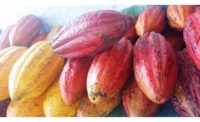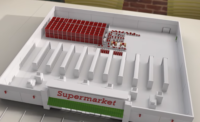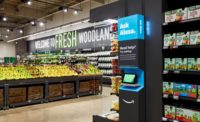MyWebGrocer’s Michelle Cote weighs in on online shopping trends
Ecommerce is fast gaining ground, and it finds a sweet spot in the candy aisle.

Ecommerce is fast gaining ground, and it finds a sweet spot in the candy aisle.
Online grocery revenue has grown 34 percent since 2012, with a 64 percent ecommerce spend and 36 percent in-store spend with affluent consumers.
And it turns out, 15 percent of ecommerce orders include candy — 9 percent chocolate and 6 percent non-chocolate.
In store, snacks are maintaining their levels, while candy sales are half of their online size.
“Brands need to work with online retailers to improve merchandising, promotions, and top of the mind” sales, says Michelle Cote, v.p. and data & insights, MyWebGrocer.
Meanwhile, snacks and candy are finding a home in virtual shopping carts.
Sixty-five percent of online shopping carts include snacks. And, cupcakes, jerky, bagels, and tortilla chips are the most popular items.
Shoppers use multiple paths to build their carts online, including: keyword search lists, prior online lists, personal favorites and in-store purchases, as well as product databases.
Top keywords in the sweets and snacks categories for online shopping are “cookies”, “chips”, “crackers”, “candy”, “sugar”, “pretzels”, “popcorn”, “potato chips”, “tortillas”, and “snacks”.
The average basket is $157 with 53 items. In-store baskets, by comparison, are $50 on average.
The average shopper places two orders a month, with two-and-a-half cart-building sessions per order, which means shoppers are lingering and collecting over the week. The pickup conversion rate is 86 percent, versus 82 percent for delivery.
While customers still go to the store, they use a multi-channel strategy to get what they need. Sunday is the biggest shopping day, with 18 percent of total purchases. And Tuesday is the smallest at 12 percent.
Online grocery shopping provides a convenient venue for shoppers — and grocers — to make the most out of the weekly grocery trip.
Looking for a reprint of this article?
From high-res PDFs to custom plaques, order your copy today!










